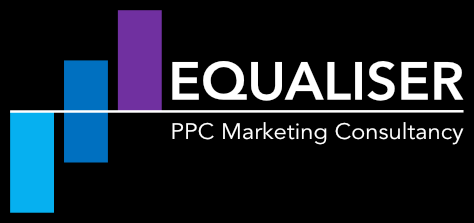How Google AI and Search Are Reshaping Retail
- James Balmforth
- Mar 21
- 3 min read

Google’s product ecosystem is evolving fast - sometimes faster than advertisers can keep up. As AI continues to transform search, YouTube, and e-commerce, businesses need to adapt their strategies to stay ahead.
I recently attended Google’s Think Retail event in Manchester, where industry leaders shared insights on the future of search, digital advertising, and AI-driven commerce.
The setting - Manchester Art Gallery, surrounded by Lowry’s iconic paintings of industrial workers - was a fitting backdrop for discussions on transformation and the next chapter for brands.
7 Key Takeaways from Google’s Product Strategy
Here’s what stood out from the event and what it means for your brand’s search and advertising strategy:
1 - Search Is Now a Discovery Engine
Traditionally, search was seen as a transactional tool - where users typed in a product name and made a purchase. Today, search is more of a discovery engine, helping consumers research, explore, and move closer to a buying decision over time.
What this means: Brands need to think beyond bottom-funnel conversion campaigns. Always-on campaigns that target users across multiple touchpoints help businesses stay visible in this broader search journey.
2 - YouTube’s Dominance in Retail Marketing
With more viewers than any traditional TV channel, YouTube has solidified its role in branding, demand creation, and acquisition.
What this means: The old mantra of "spend more on YouTube" has turned from a running joke to a necessity.
YouTube now plays a crucial role in shaping demand, driving performance, and influencing purchase decisions earlier in the customer journey.
3 - AI Is Reshaping Search Results
Google’s AI integration is transforming search results, making them more personalized and less linear. AI-generated overviews are changing how users interact with search, providing more detailed, contextually relevant responses.
What this means: The rise of 5+ word search queries shows that users expect deeper, more relevant results.
Over time, Google Ads will likely integrate within these AI-driven search experiences, meaning brands need to optimize for more nuanced, long-tail queries.
4 - Boom in Comparison Queries
Consumers are increasingly turning to Google to compare products, brands, and features. Searches like “Product A vs B” and “best women’s X for Y” are growing rapidly.
What this means: Brands must refine their value propositions and ensure their product feeds are optimized to showcase competitive advantages.
Retailers need to be present where consumers are making purchase decisions, with relevant ads that address these comparison-driven searches.
5 - Business Outcomes Over ROAS
Google is shifting focus from ROAS (Return on Ad Spend) to broader commercial impact. Instead of fixating on ad efficiency metrics, Google is emphasizing business growth, profitability, and lifetime value.
What this means: Measurement strategies need to evolve. Instead of optimizing only for short-term returns, businesses should track long-term impact and consider how search influences broader revenue growth.
6 - The Importance of Flexible Budgets
Rigid monthly budgets often cause businesses to miss peak demand moments. Brands that limit their spend arbitrarily may fail to capitalize on seasonal trends and sudden surges in consumer interest.
What this means: Flexibility is key. Adapting budgets in real-time allows businesses to maximize high-intent traffic and respond dynamically to market demand.
7 - Google’s Evolving Role in Retail Strategy
Retail is now shaped by multiple touchpoints - Amazon, social media, TV, and search. Google remains a primary channel for reaching high-intent audiences, but its role is evolving.
What this means: Brands need to take a full-funnel approach. Creating, building, and capturing demand across Google’s ecosystem is now essential for long-term growth.
What’s Next?
Retail is evolving fast, and AI is accelerating changes to Google’s products. This shift is not only reshaping how people search but also how brands must create demand, measure performance, and drive better results.
For businesses that rely on search, staying ahead means embracing AI-driven strategies, investing in video content, and maintaining flexibility in budgeting.
As Google continues to evolve, brands that adapt quickly will be the ones that win in the new era of retail advertising.




Comments